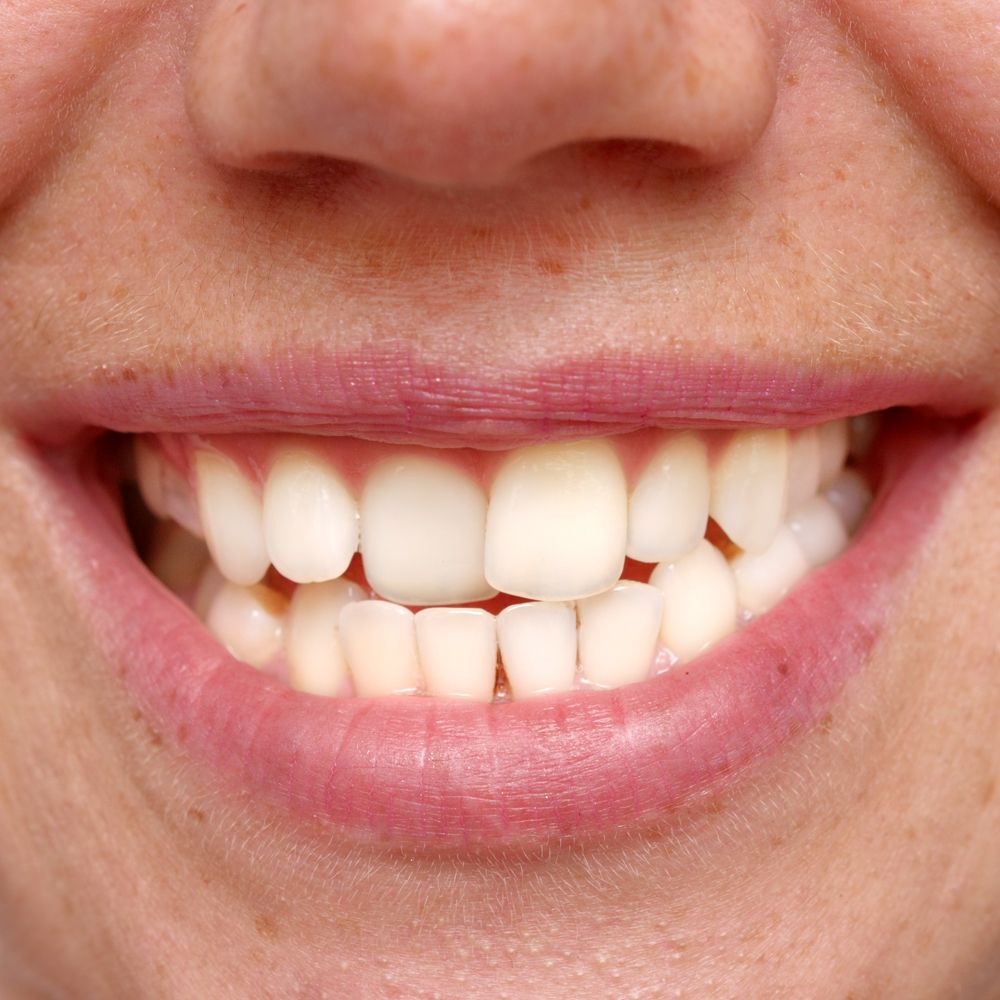An Orthodontist Can Treat
Mild to Severe Misalignment
Crooked Teeth

Gapped Teeth

Overcrowding
- Malocclusions
- Overbite
- Underbite
- Crossbite
- Rotated Teeth
- Teeth Grinding
Why should you go to an orthodontist instead of a dentist?
Orthodontists Are Trained
to Realign Your Bite
Advanced Training
Orthodontists study for an additional two to three years after four years of dentistry school.

Specialization
While there are many general dentists who provide orthodontic services, orthodontists focus exclusively on these treatments in order to provide the most in-depth care possible.

Optimal Bite Alignment
While many patients are primarily worried about how a crooked smile looks, it is also more vulnerable to tooth decay, gum disease, and teeth grinding. By straightening your teeth, your orthodontist is also preventing potential health problems.

Treatments to
Realign Your Teeth
Metal Braces

Invisalign®

Retainers
- Trays or Aligners
- Headgear
- Clear Braces
- Ceramic Brackets
- Damon™ Smile

Invisalign aligners are smooth and clear.

Each custom tray fits snugly over your teeth.
Diagnostic Technology Lays the
Groundwork for More Accurate TreatmentOrthodontists use a number of diagnostic tools to assess your condition and plan your treatment. In addition to digital x-rays, some orthodontists have CBCT (cone beam computed tomography) scanners that take a series of images to create a 360-degree replica of your oral cavity. With these images, your doctor can evaluate your condition and determine the best treatment.
If your orthodontist offers Invisalign, they will use the associated planning software to create the impressions for your customized aligners. These are sent to an Invisalign laboratory for fabrication.
All orthodontists are dentists, but only 6 percent of dentists are orthodontists.
American Association of Orthodontists®
Understanding Dental Insurance
for OrthodonticsUnfortunately, insurance is only provided for braces in certain cases. Some states may require that insurance cover the cost of braces for children who need them for medical reasons. For example, if a misaligned bite is interfering with a patient’s ability to eat, insurance will typically cover orthodontia. However, insurance coverage isn’t typically available for cosmetic reasons. An orthodontist can walk you through the different payment options and financing is often available.

Enjoy a Straighter Smile
Orthodontists are uniquely qualified to realign crooked teeth and misaligned bites. If you are considering orthodontic treatment for you or your child, schedule a consultation to discuss your options with a professional as soon as possible.
